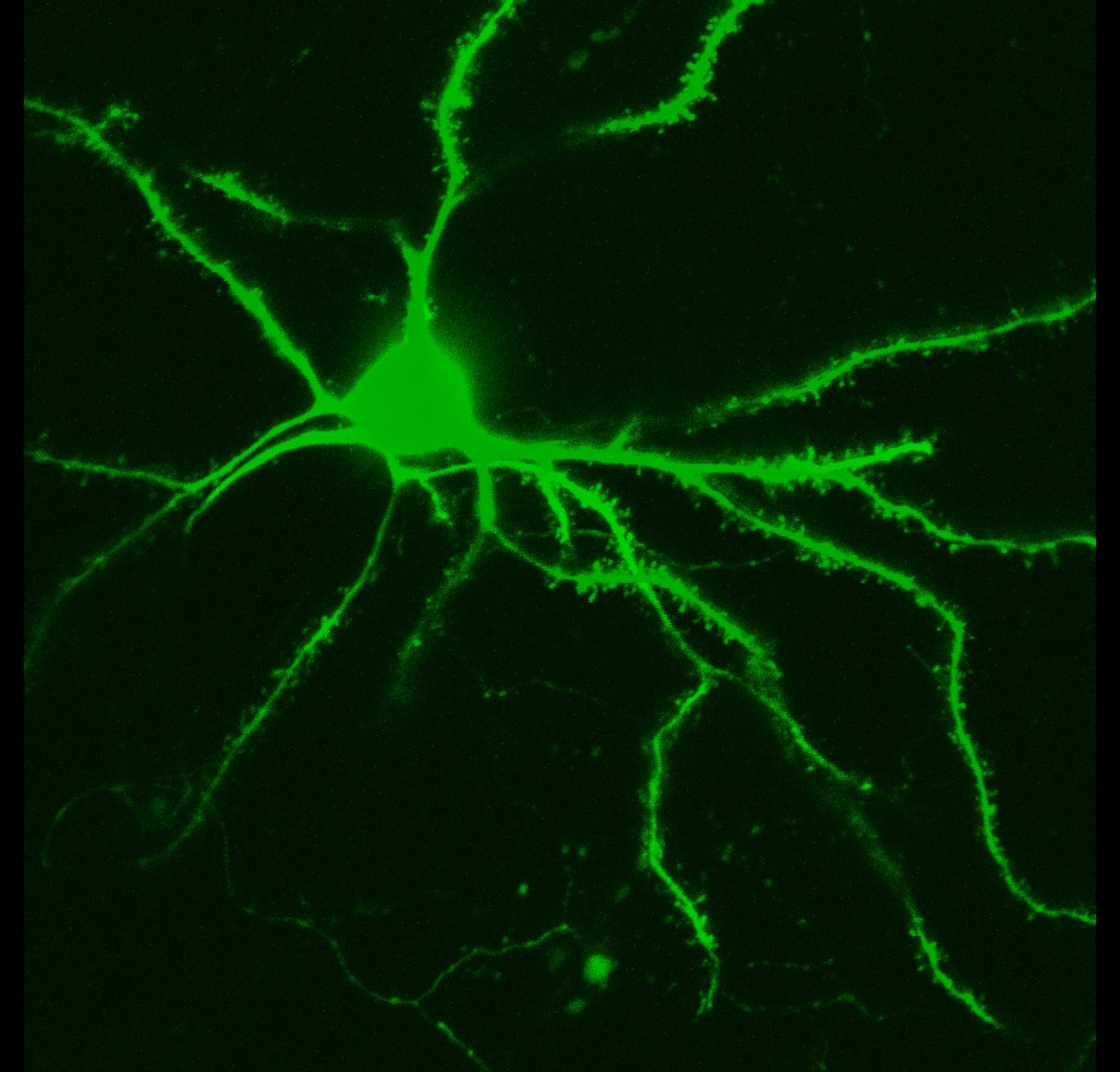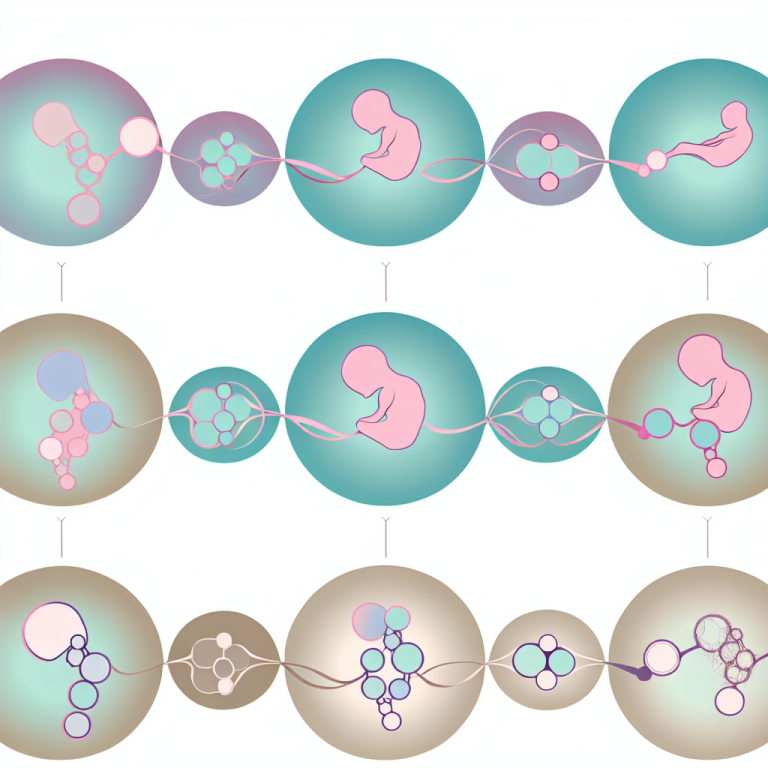A recent study conducted on first-time mothers has shed light on the neuroplasticity that occurs during pregnancy, childbirth, and the postpartum period. In this longitudinal study, researchers tracked changes in brain cortical volume in 110 mothers during late pregnancy and early postpartum, comparing them to 34 nulliparous women. The results showed that during late pregnancy, mothers exhibited lower cortical volume compared to the control group across all functional networks. However, these differences seemed to diminish during the early postpartum period. Interestingly, the researchers found that the default mode network and frontoparietal networks displayed below-expected volume increases during the peripartum period, indicating that these reductions may persist for a longer time.
The study also revealed that mothers who delivered by scheduled C-section exhibited different cortical trajectories compared to those who had a natural childbirth. These findings were further confirmed in an independent sample of 29 mothers and 24 nulliparous women. Overall, the data suggest that there is a dynamic trajectory of cortical changes during pregnancy that gradually stabilizes in the postpartum period, with the rate of change dependent on the brain network and type of childbirth.
Pregnancy is a transformative period in a woman’s life, marked by significant adaptations that impact nearly every aspect of her body. Recent research has highlighted the brain as an additional organ that undergoes changes during gestation. Studies utilizing non-invasive brain imaging techniques such as magnetic resonance imaging (MRI) have provided valuable insights into how pregnancy influences brain structure. Longitudinal MRI studies have shown that pregnant women experience cortical volume reductions in regions of the default mode network that persist for years after giving birth. Conversely, studies examining brain changes during the postpartum period have found the opposite effect, with cortical volume increasing across several brain networks.
Although these findings may seem contradictory, researchers believe that they reflect a dynamic evolution of brain volume changes, with initial declines during pregnancy followed by increases postpartum that do not reach pre-pregnancy levels, particularly in default mode regions. This study contributes to the understanding of how pregnancy, childbirth, and postpartum impact maternal neuroplasticity. The researchers theorize that pregnancy and postpartum induce opposite effects on the cerebral cortex, with reductions occurring during pregnancy and increases during the postpartum period. They also suggest that childbirth, a unique event with hormonal, immunological, and physiological implications, may be the critical point at which these cortical changes reverse course.
Overall, this study underscores the intricate neuroplasticity that occurs during the peripartum period and highlights the importance of considering the type of childbirth when evaluating brain changes in new mothers. These findings have significant implications for understanding the impact of motherhood on the brain and may pave the way for future research in this area.


